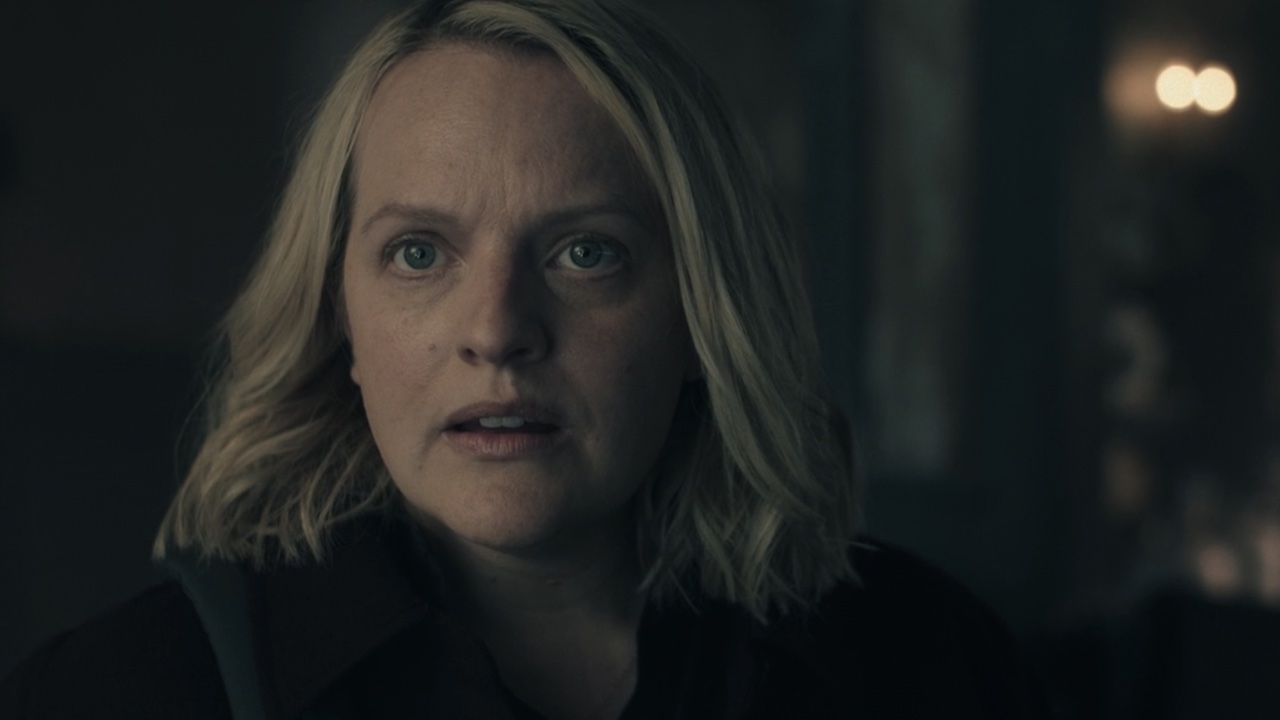Richard Jewell Ending Explained: What Happened And What Happened After
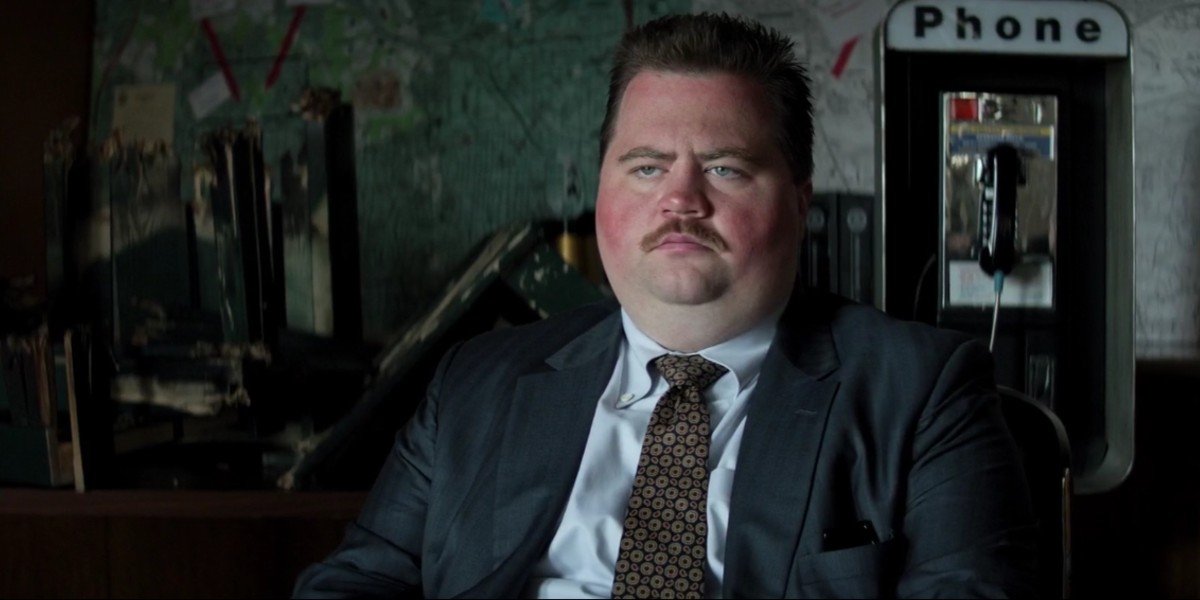
Richard Jewell is an Academy Awards nominated film directed and produced by Clint Eastwood. It’s based on the real-life events of the 1996 Summer Olympics and the Centennial Park bombing. The film explores Jewell’s crucifixion by the media and the FBI’s manipulative quest to incriminate him. When you reach the Richard Jewell ending, you feel a deeper understanding of him as a human and his friendship with lawyer Watson Bryant.
Richard Jewell is a case study on how the media can make or break a person, and how ordinary people can be thrust into extraordinary situations. Richard Jewell is an interesting exploration of this fascinating case of a man wrongfully accused.
As we’ll be discussing the plot of Richard Jewell, expect spoilers.
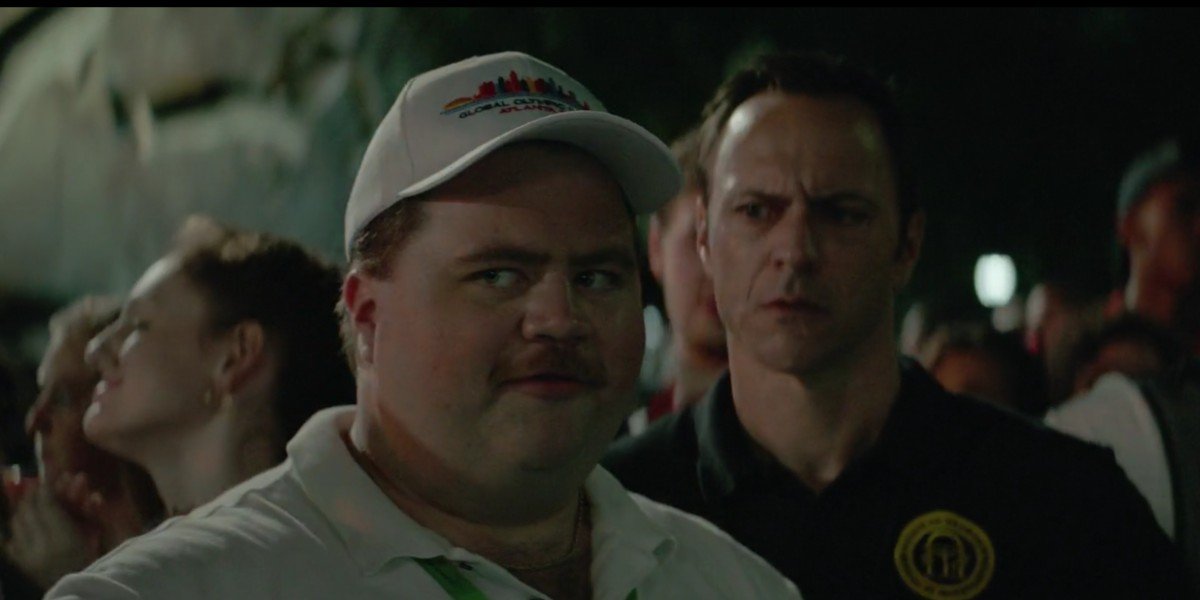
What Crime Was Richard Jewell Accused Of?
Richard Jewell was never officially charged with any crimes, but he spent 88 days being under investigation as the person responsible for the 1996 bombs in Centennial Park. The FBI’s theory was that Jewell left these bombs so that he could be the one to find them and gain hero status. According to them, he fit the profile of a lone bomber. On July 27, 1996, Jewell was working security at concerts going on in Centennial Park. He noticed a suspicious green backpack, and then alerted cops and authorized authorities.
Jewell and other men were able to clear the perimeter enough to minimize the impact. 111 people were still injured, and two people died: Alice Hawthorne and Melih Uzunyol, a Turkish cameraman who had a heart attack while trying to cover the event. On July 30, 1996, The Atlanta Journal-Constitution reported the FBI investigation of Jewell as the potential bomber.
From there, Jewell spent nearly three months being questioned, probed, discussed, and hounded by the media--who labeled him guilty without any real evidence.
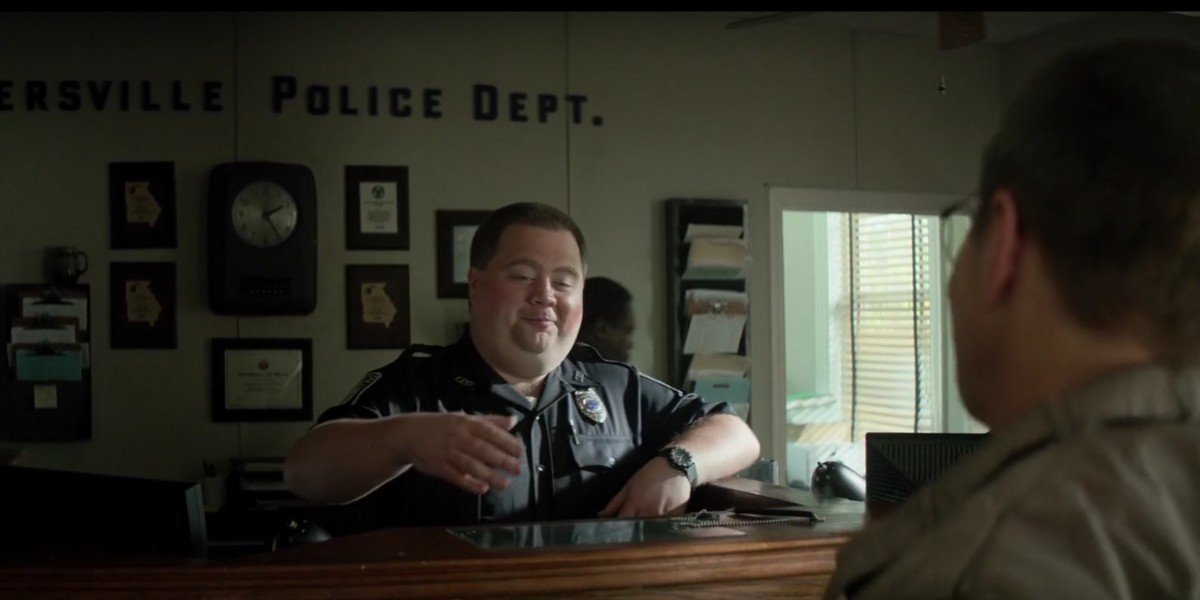
How Did The Movie End?
Richard Jewell ended with a quiet showdown between Jewell (played by Paul Walter Hauser) and Watson Bryant (Sam Rockwell), and the FBI agents in charge of his case, led by Tom Shaw (Jon Hamm). It starts with them in a conference room conducting an interrogation of Jewell. Eventually, Jewell becomes fed up with all the questioning and says they don’t have any evidence to charge him. Prior to this meeting, Jewell undergoes a polygraph test that proves he’s telling the truth.
CINEMABLEND NEWSLETTER
Your Daily Blend of Entertainment News
The polygraph seems to be the final nail in the FBI’s attempt at finding evidence against Jewell. After the interrogation, sometime later, Shaw and other FBI members hand Jewell and Bryant a letter that states they will no longer be investigating him as a suspect. Jewell becomes emotional about regaining his freedom.
The film flashes six years later and Bryant informs Richard Jewell that the FBI has finally got the real bomber: Eric Rudolph. The screen fades to black and the audience is informed that Jewell died at 44, Bryant and his assistant Nayda (played by Nina Arianda) were married and have two sons that Richard’s mother, Bobi (played by Kathy Bates) watches every Saturday.
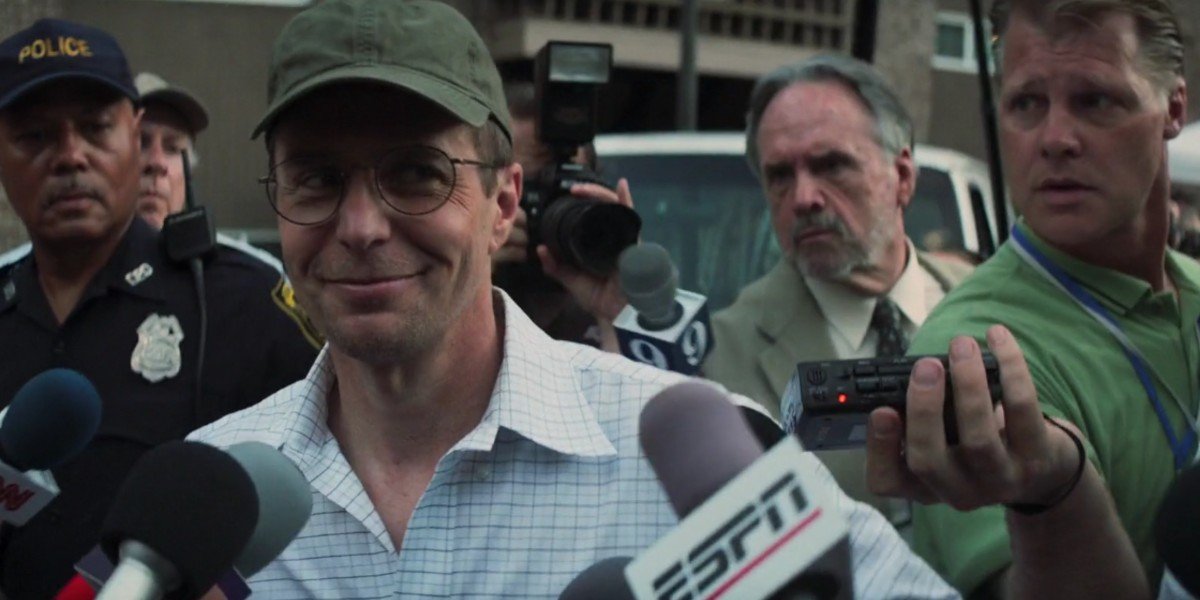
How Does The Real Story Ending Compare To The Movie Ending?
After Richard Jewell was no longer a suspect, his battle continued. He filed several lawsuits against media companies and others, like The Post, The Atlanta Journal-Constitution, NBC, and his former employer Piedmont College. These cases typically ended up being settled out of court and him being rewarded an undisclosed amount of money. NBC even featured him on an SNL skit to joke about the incident. According to The Washington Post, Jewell stated that the lawsuits weren’t about the money --because most of it went to lawyer fees, taxes, and a new home for his mother-- but to ensure that the truth was told.
The movie doesn’t address these lawsuits, but they play an important part in Jewell’s continued quest to have his name cleared and repaired.
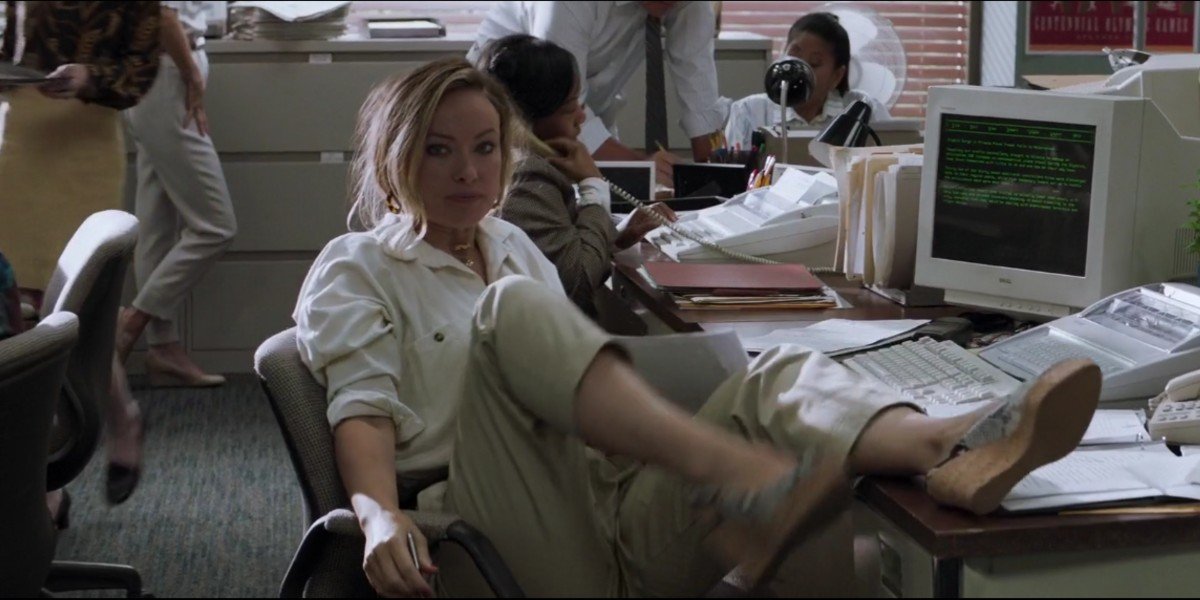
Did The Film Do Richard Jewell’s Story Justice?
Clint Eastwood’s film is based on the Vanity Fair profile piece (linked earlier) American Nightmare: The Ballad of Richard Jewell and the book The Suspect: An Olympic Bombing, the FBI, the Media, and Richard Jewell, the Man Caught in the Middle. Based on the Vanity Fair article, the film follows the facts told in it pretty closely. However, there are some things that don’t quite come across in the film that are stated in the article. In the movie, Richard is kind of portrayed like a bit of an outcast, mama's boy simpleton, but in real life, the article said he had an active social life, a complicated but loving relationship with his mother, and he was quite observant and smart.
The film also takes liberties with how information and events unfolded. For example, Bryant finds out about the FBI investigating Jewell from seeing the newspaper on the stands, not from Nayda showing it to him (as shown in the film). Bryant also had help from other lawyers to clear Jewell’s name.
The small changes here and there are understandable because it’s a film that needs to entertain as much as it’s trying to inform. However, there are two major things that the movie portrays in questionable ways. The media hounding of Jewell was shown as being pretty bad, but it was worse in real life. According to the Vanity Fair article, Jewell’s phone number was leaked online and he received thousands of calls a day from people threatening him. The reporters outside his home would even yell and harass Bobi and Richard to try to get a reaction to catch on film. Even highly respected journalists like Katie Couric tracked Jewell down when he canceled an interview with her. The trial by the media seemed vicious and not shown nearly as intense in the film.
The other questionable element of Richard Jewell is the portrayal of Kathy Scruggs, played in the movie by Olivia Wilde. Scruggs was the Atlanta Constitution-Journal reporter who first wrote about Jewell being on the FBI’s suspect list. In the film, Kathy is portrayed as a ruthless reporter who is willing to use any means necessary to get a story, even sleeping with an FBI agent, and not showing empathy for the victims after the bombing. The Vanity Fair article only briefly discusses Scruggs, and calls her an FBI "groupie.” It also mentions her being kind of a tough journalist, but never demonizes her in the way the film does.
An article published on Columbia college’s website entitled Richard Jewell Case Study, discussed Scruggs more and showed her in a more professional manner. It states that she was given a tip about the FBI and Richard Jewell and respected the request to not publish it without finding more sources, so Scruggs and co-writer Ron Martz found more sources. According to the Columbia article, they also tried to be careful with the wording.
As the story went through the editing process, Scruggs, Martz and Managing Editor John Walter talked about what word to use, Scruggs would say later. Should they call Jewell a "suspect," "focus" or "target?" While others were under suspicion, Martz at least thought Jewell was the lead suspect. Walter decided the story should use the word "focus," Scruggs would recall.
Scruggs died in 2001, so she can’t dispute the film’s portrayal of her, but she might not have been as ruthless as shown in Richard Jewell.
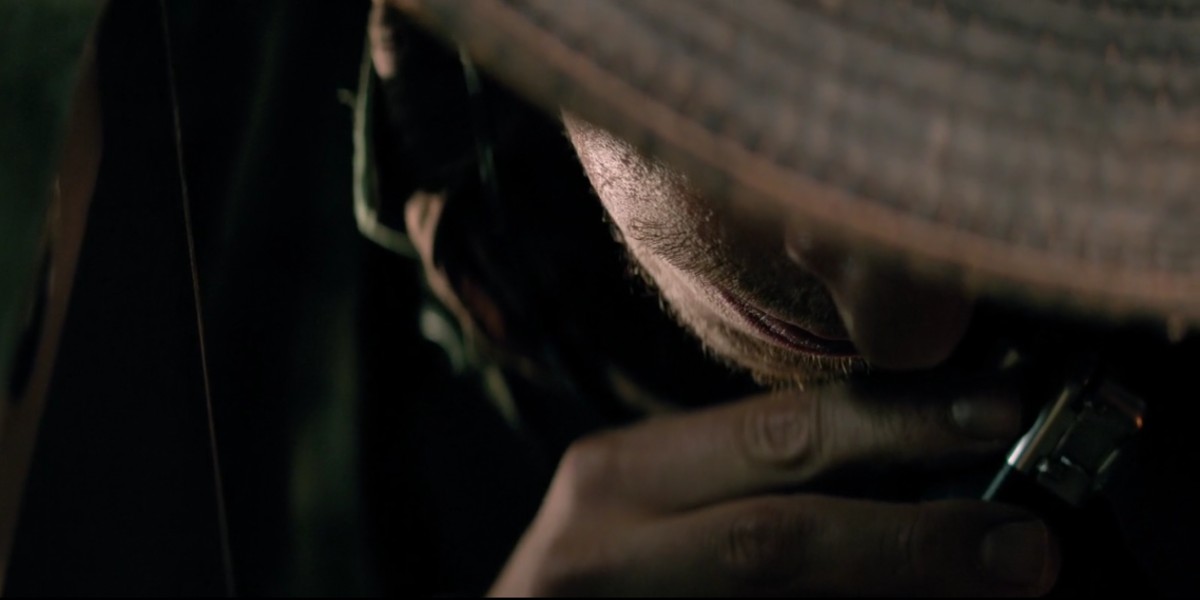
What Happened To The Real Bomber?
Eric Rudolph did three other bombs, four in total, before he became a suspect. In addition to the park, he bombed a gay nightclub and abortion clinics. His motives were because he was against abortion and didn’t want homosexuality normalized. He expressed this all in a statement made upon confessing to the crimes. This was his reason for the Olympics bombing:
The purpose of the attack on July 27th was to confound, anger and embarrass the Washington government in the eyes of the world for its abominable sanctioning of abortion on demand.
The police caught on to Rudolph when he did a bombing in Birmingham. Someone saw him running from the scene and took down his license. It was in 1998, and he then spent over five years on the run living and surviving in the wilderness. He was caught in 2003 when a police officer saw him behind a dumpster searching for food. He appeared on the 10 Most Wanted Fugitives list all five years, and there was a million-dollar reward offered for any info. He was given life in prison without parole.
Richard Jewell is one of the great movies currently available to stream on HBO Max. Stream it here.

Spent most of my life in various parts of Illinois, including attending college in Evanston. I have been a life long lover of pop culture, especially television, turned that passion into writing about all things entertainment related. When I'm not writing about pop culture, I can be found channeling Gordon Ramsay by kicking people out the kitchen.





